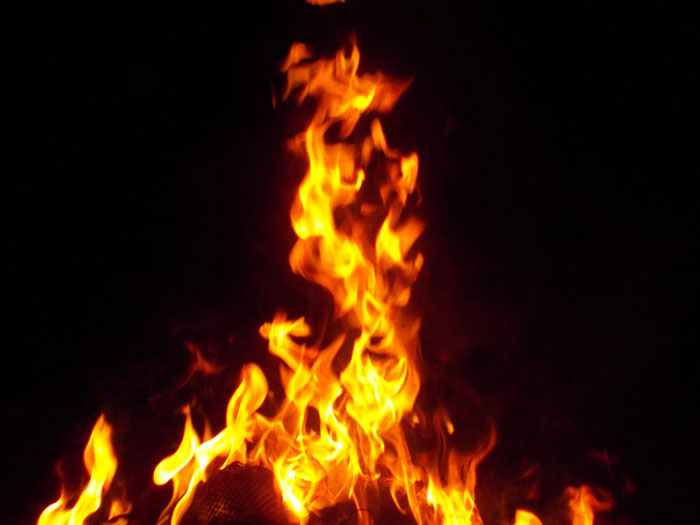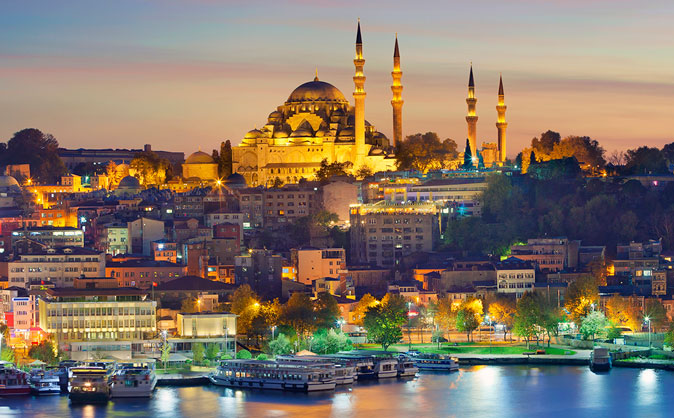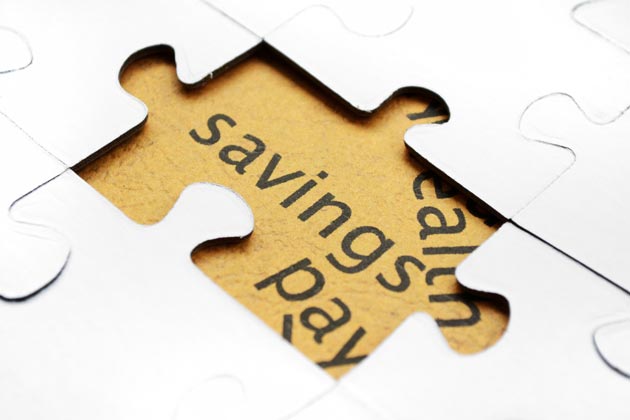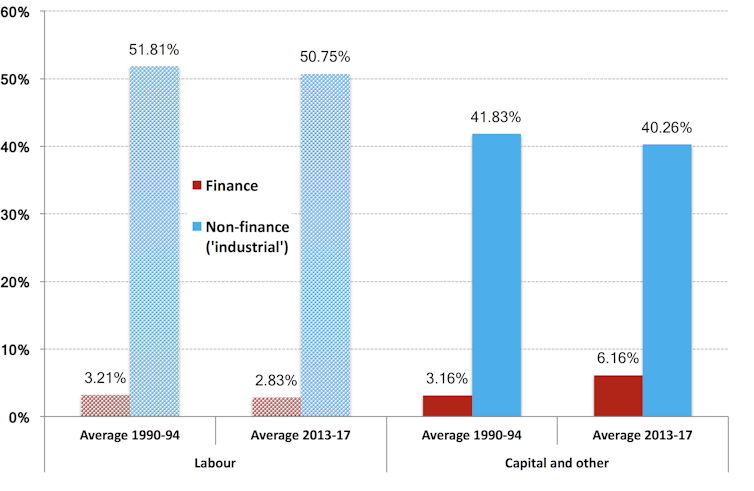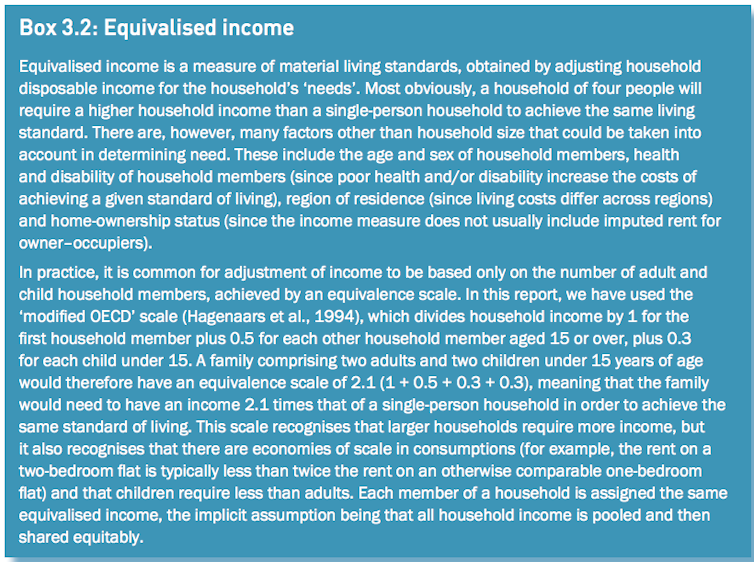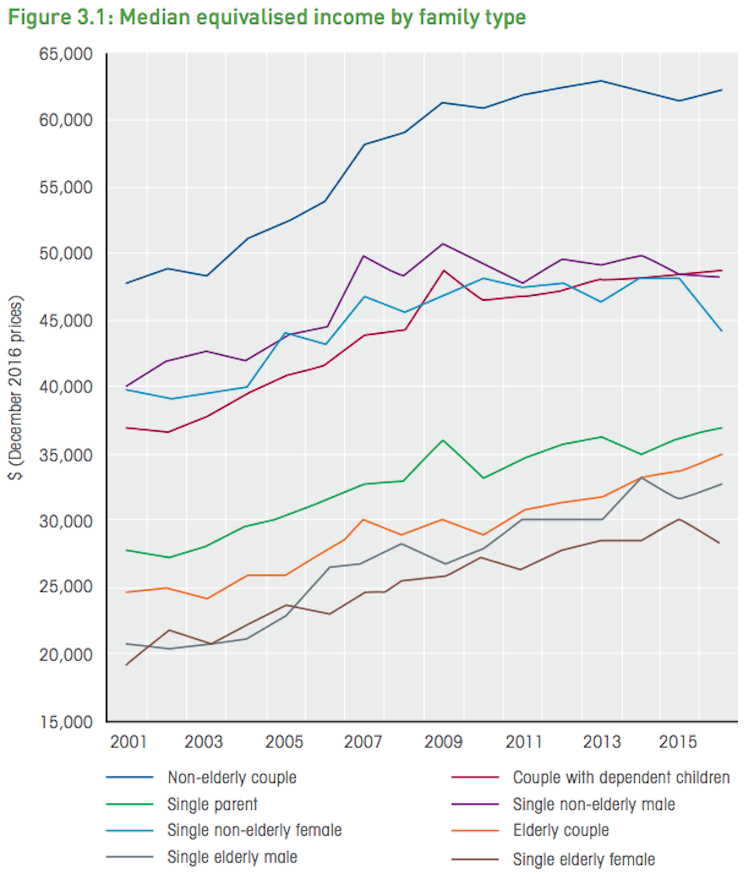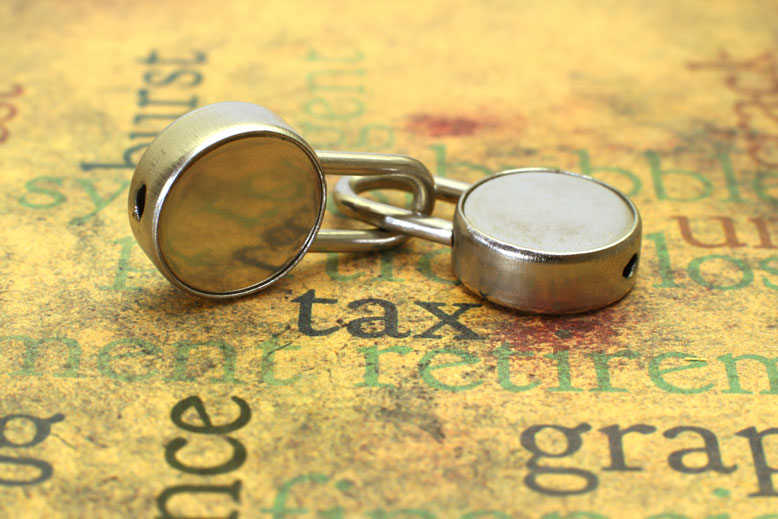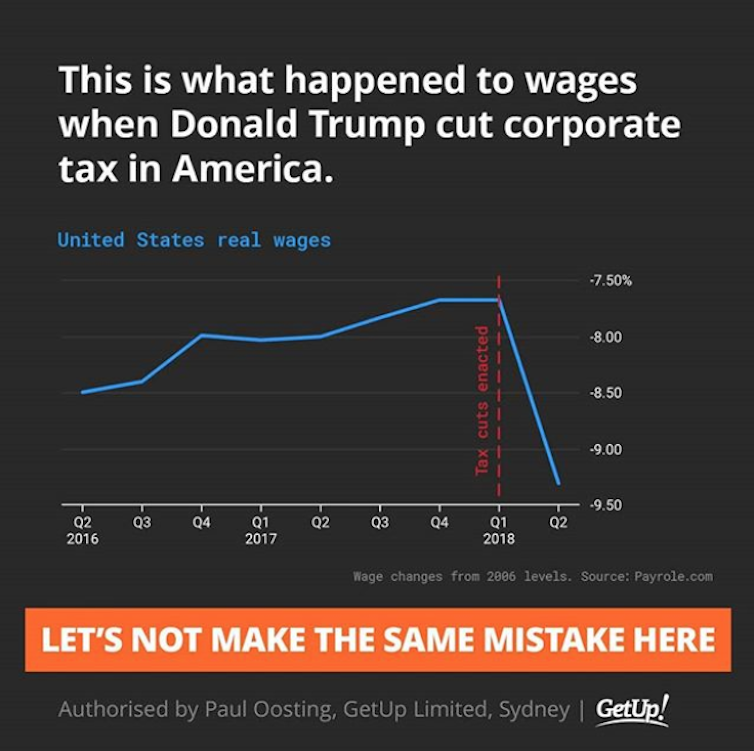With swathes of New South Wales still smouldering and temperature records tumbling all over the world, Malcolm Turnbull is losing his grip on the prime ministership, partly because of his inability to land a very modest emissions policy. His is the latest failure in a decade-long story of broken climate policy in Australia.
Like most voters, scientists are tired of these political games when clearly so much more is on the line.
That’s because what is happening now with extreme weather events and longer fire seasons is exactly what we forecast a decade ago. This isn’t breaking news. In fact, the science around the role of climate change in extreme temperatures is so solid that the editors of the world-leading Bulletin of the American Meteorological Society have discouraged scientists from researching extreme temperatures in its annual extreme events issue.
Why? Because, according to the journal’s editors, the scientific value of these studies is now “limited”. The climate signal in extreme heat events has become so clear that it is no longer a novel line of investigation. In short, climate change now plays a role in every extreme heat event.
Contrast this with the equivocation of our political leaders. Turnbull claimed in March this year that “you can’t attribute any particular event – whether it’s a flood or fire or a drought or a storm — to climate change”. He made this statement after 69 houses in Tathra in southern NSW were destroyed by an unseasonably late bushfire during a heatwave – and heatwaves are clearly linked to climate change.
Former prime minister Tony Abbott made an almost identical claim back in 2013, after an early season bushfire in the Blue Mountains destroyed 196 homes, during a succession of hot days in a warmer than average October.
Just this month, drought was declared for all of NSW and the bushfire season began two months early. The state had its earliest ever total fire ban, and fires have already burned through large parts of coastal southern NSW.
Australia’s fire season is now so long, it overlaps with California’s, stretching our resources and our ability to prepare for and respond to catastrophic fires.
Clear evidence
In light of the clear evidence, it takes a very special kind of politician to ignore the role of climate change in extreme weather events. It’s hard to imagine why anyone would choose to play party political games as whole townships are threatened by fire and drought extends through NSW and Queensland.
And yet Turnbull has dumped plans to legislate even the lower boundary of Australia’s Paris Agreement emissions target as part of the National Energy Guarantee. The result is that Australia is once again left without a sensible climate policy.
Turnbull’s backdown also tells us exactly how far his and his colleagues’ political vision extends into the future: as far ahead as the next election. But while our leaders struggle with political myopia, the heart of climate science remains a big-vision, long-term approach.
Decades ago climate scientists told us that the first signs of climate change would appear in the temperature record, and extreme heat events would become more common and more extreme. This is exactly what has happened, only much faster than projected.
The first study to tease out the climate change component in an extreme heat event was an examination by the UK Met Office of the 2003 European heatwave that killed an estimated 70,000 people. It took almost two years to produce that result.
Today, scientific advances mean that researchers can do this kind of attribution study in mere days. As a result of these improvements, the attribution of climate change’s role in many extreme temperatures is now unequivocal. More recent research shows that some 2016 events across the world, including the extended mass bleaching on the Great Barrier Reef, could not conceivably have happened without climate change.
Turning our focus to the coming decades, we find that even if the world meets the more generous Paris goal of keeping global warming below 2℃, Sydney and Melbourne could see 50℃ days and 25 more heatwave days every summer. Worryingly, right now we are on track to exceed 3℃ of warming.Now let’s add some perspective about what we are currently experiencing. Australia’s supercharged heatwaves and winter bushfires have occurred with just 1℃ of global warming.
Yet even with this small amount the climate signal is so clear that when one of the authors of this article was asked by a reporter if there was likely a climate change influence on our hot April, she confidently replied, “I would bet my house on it”. Four months later, the bet is still on.
It is time to stop dismissing our record-breaking temperatures, droughts and winter bushfires as natural variability. The role of climate change in extreme heat is now so pervasive that it is almost a given.
Asking climate scientists whether global warming plays a role in extreme temperature events is like asking a medical researcher whether a case of the ‘flu might just be linked to the influenza virus. The answer is obvious.
Any politician who ignores the clear link between weather extremes and climate change – choosing instead to trot out platitudes about how Australia’s climate has always been tough, or quote Dorothea Mackellar (who, surprisingly enough, was not a climate scientist) – is effectively saying “let’s do nothing about this growing problem”.
An attitude of “nothing to see here” from our leaders, when all the evidence says otherwise, leaves our health sector, economy, ecosystems and, as we see now, our struggling farmers exposed to climate change impacts.
It may also leave those politicians and industry leaders making such claims wide open to potential liability for future loss and damages, if recent legal cases are any guide.
For almost a decade, most of our politicians have been so busy bickering over who gets to be leader that they have failed to show the real leadership required to look at Australia’s future beyond the next election cycle.
Enough. Most Australian voters surely care less about who is running the country than they do about making sure our country is still a habitable place to live in the future.
Authors: Sophie Lewis ARC DECRA Fellow, UNSW, Sarah Perkins-Kirkpatrick Research Fellow, UNSW

